Decoding Decor: How Home Decor Trends Evolve and Why They Truly Matter
Okay, let’s dive into the ever-shifting, fascinating world of home decor trends. It’s easy to think of it as just picking out paint colors and furniture, but honestly, it’s so much more than that. Home decor is a dynamic reflection of who we are as individuals and as a society. It captures where we’ve been, mirrors our present lives, and even hints at where we might be going.
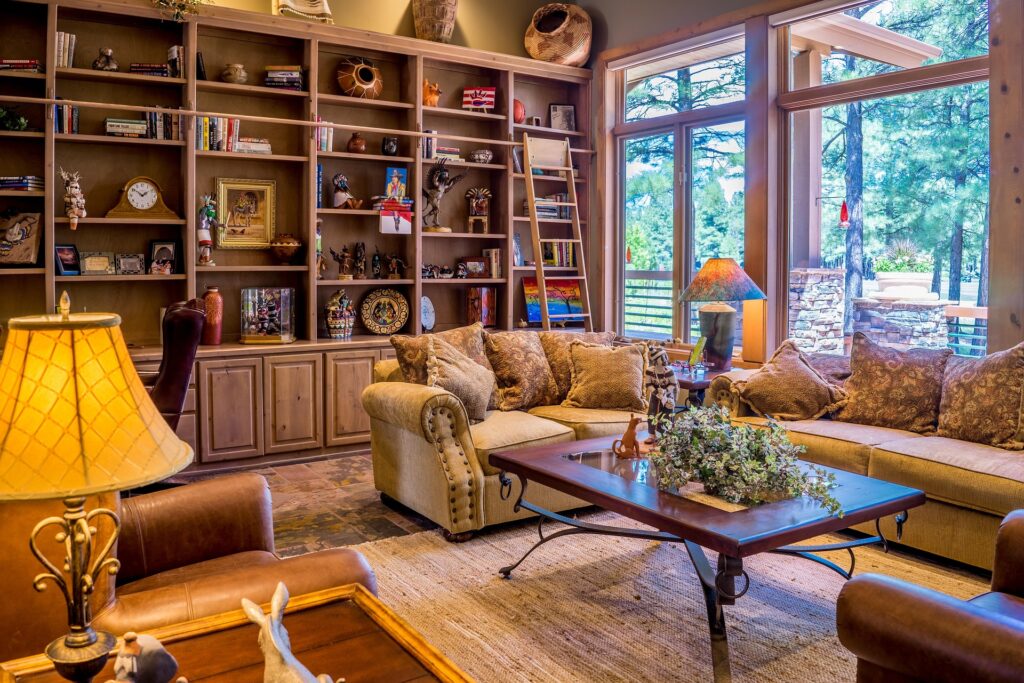
TLDR: Your Quick Guide to Home Decor Trends
- Constantly Changing: Home decor trends are always evolving, shaped by a complex mix of history, cultural exchange, technological advancements, economic conditions, and broad societal shifts.
- It’s Personal: While trends offer fantastic inspiration, the most meaningful and comfortable spaces always reflect your individual personality, needs, and story. Don’t follow trends blindly!
- Sustainability is Foundational: Eco-friendly materials, mindful consumption, and designing for longevity are becoming core principles, moving beyond fleeting trends towards lasting values in design.
- Tech Integration is Real: Smart home features and digital tools are fundamentally reshaping how we design, experience, and interact with our living spaces, presenting both opportunities and challenges.
- Why Does It Matter? Our home environment significantly impacts our well-being, reflects our values, communicates our identity, and tells a compelling story about us and the society we live in.
The Evolution of Home Decor: A Whirlwind Tour Through Time
Let’s be real, humans have been decorating their spaces since the cave-painting days – it seems to be an innate desire to personalize our surroundings! But when we talk about the history of “home decor trends” as we understand them today, the story really picks up steam much later. Think about the grand, almost theatrical styles of the Baroque and Rococo periods in 17th-18th century Europe.
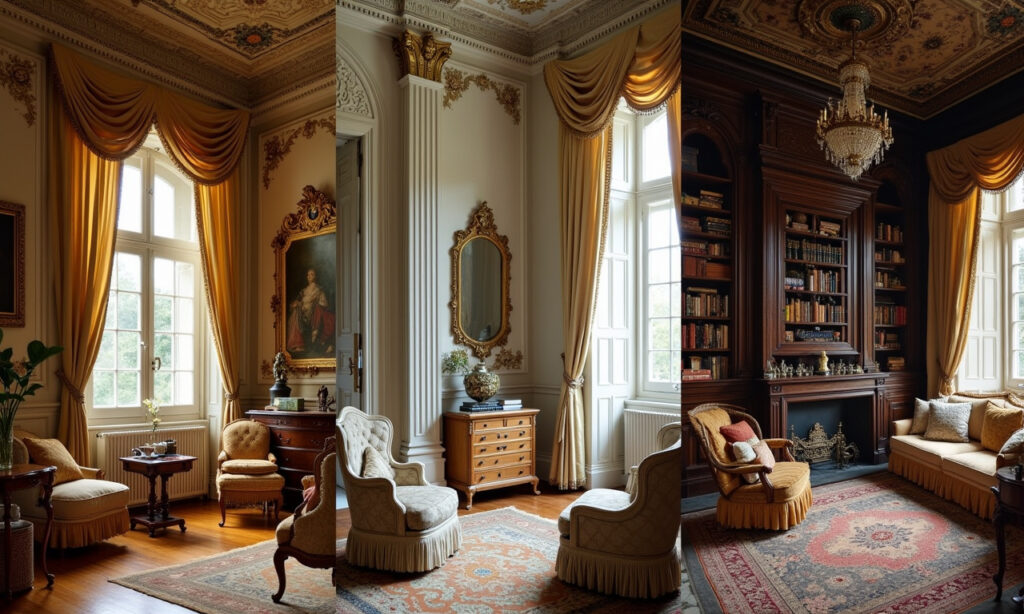
These weren’t primarily about everyday comfort; they were spectacular displays of wealth, power, and status, dripping with intricate details, gilding, and luxurious fabrics. As detailed in A Brief History Of Interior Design Through The Ages, it was pure visual spectacle, designed to impress and overwhelm.
Then came Neoclassicism, reacting against the perceived excesses of Baroque and Rococo with a desire for order and rationality. Drawing inspiration from the rediscovered ruins and perceived harmony of ancient Greece and Rome, this style favored symmetry, classical motifs (like columns and laurel wreaths), and a slightly more restrained, though still formal, elegance. Fast forward to the Victorian era (mid-to-late 19th century), and we witnessed an explosion of *stuff*.
Thanks to the Industrial Revolution, mass production made more goods available to more people than ever before. Homes became layered with patterns, heavy textiles, dark woods, and a general sense of comfortable clutter, reflecting a growing middle class eager to display their newfound prosperity and social standing, as explored in this History of Interior Design overview. I believe this era vividly highlights how economic shifts and manufacturing capabilities directly translate into visible changes in our living spaces.
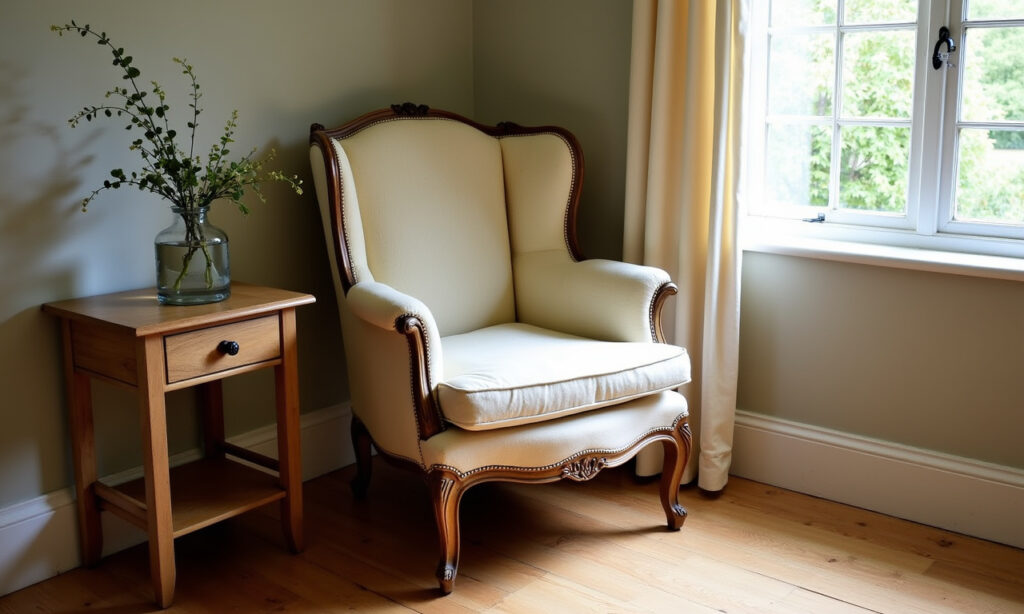
The 20th century, however, truly revolutionized interior design evolution. We saw the rise of Modernism, which wasn’t just one style but a collection of movements reacting *against* that Victorian excess and embracing new ideas about function, form, and materials. Movements like Art Nouveau introduced flowing, organic, nature-inspired lines, while Art Deco celebrated the machine age with bold geometric shapes, luxurious materials like chrome and lacquer, and a sense of streamlined glamour, as outlined in this guide to 16 Popular Interior Design Styles Explained. Then came the game-changer: Mid-Century Modern (roughly 1945-1969).
Driven by post-war optimism, exciting new technologies, and innovative materials like plastic, fiberglass, and bent plywood, this era championed clean lines, profound functionality (“form follows function”), organic shapes inspired by nature, and a seamless connection between indoor and outdoor living. Think Eames lounge chairs, Noguchi coffee tables, atomic motifs, and the rise of open floor plans. It was revolutionary because, as The Spruce explains Midcentury Modern Design, it prioritized how people *actually lived* in their spaces, marking a significant shift in design philosophy towards comfort, practicality, and accessibility.
Did You Know?
The iconic Eames Lounge Chair, a hallmark of Mid-Century Modern design, was intended by designers Charles and Ray Eames to have the “warm, receptive look of a well-used first baseman’s mitt.” This focus on comfort and familiarity was a key aspect of the era’s human-centered approach.
Postmodernism in the late 70s and 80s playfully challenged Modernism’s strict rules and perceived seriousness, bringing back ornamentation (often in unexpected ways), vibrant, sometimes clashing colors, and a sense of irony and historical reference. And today? We’re navigating a fascinating era of borrowing and blending – mixing styles with confidence, prioritizing deep comfort and personalization, and grappling with powerful influences like global connectivity, technology, and sustainability.
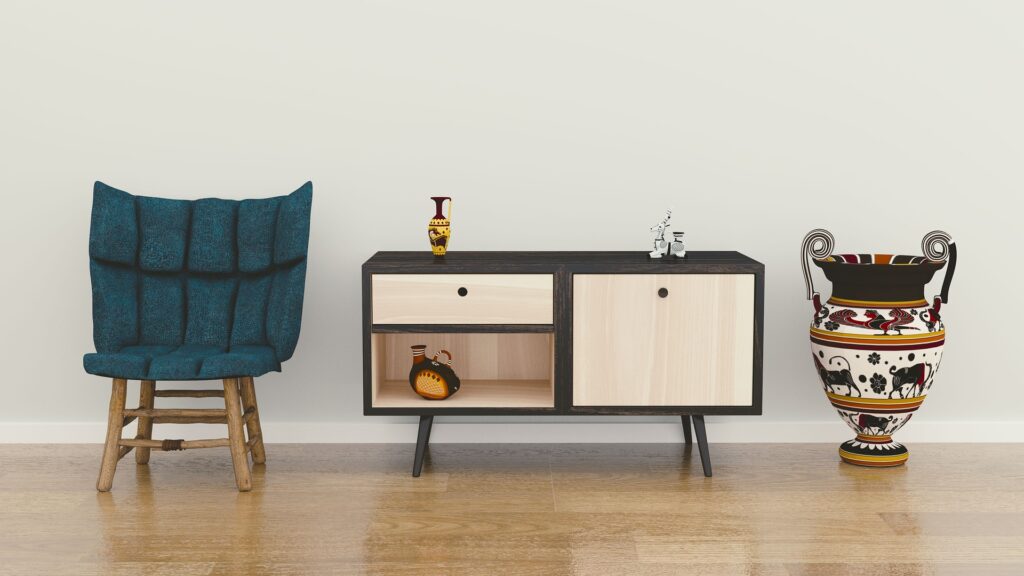
The pace of change feels faster than ever, but understanding this rich decor fashion history helps us see that trends are always a dialogue with the past, deeply intertwined with the social, cultural, and technological context of their time.
Weaving the World In: Understanding the Influence of Cultural Trends on Interiors
Our homes are increasingly becoming global melting pots, and personally, I find this incredibly exciting! Gone are the days when design inspiration was strictly confined to local traditions or Western European styles. Thanks to increased global travel, the vast resources of the internet, and a generally more interconnected world, we’re constantly borrowing, adapting, and blending aesthetics from different cultures, creating richer and more diverse interiors.
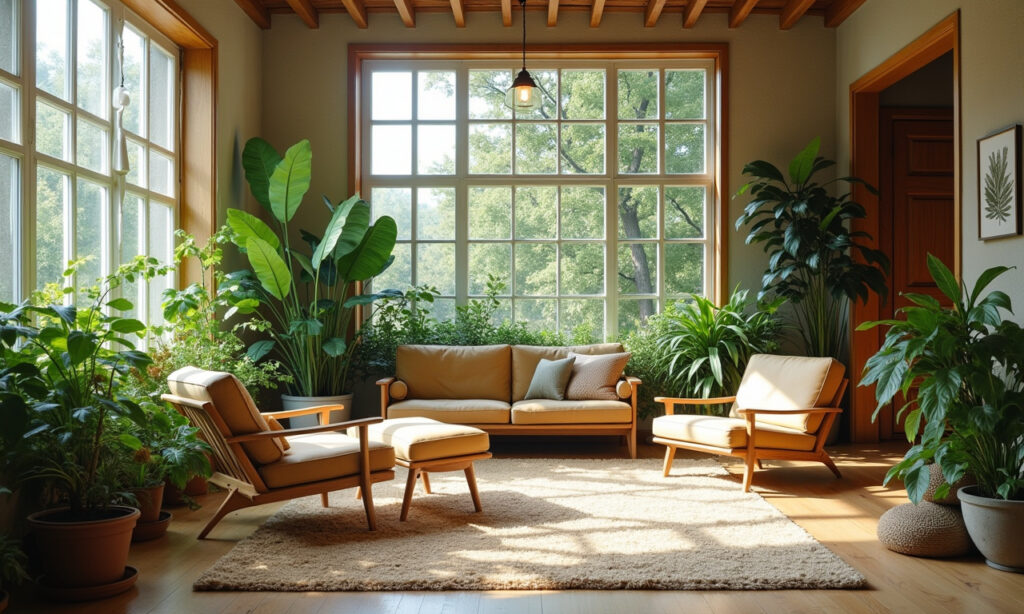
Consider the enduring appeal of Scandinavian design (often shortened to Scandi). Its emphasis on minimalism, functionality, light wood tones, cozy textiles (hello, *hygge* – the Danish concept of cozy contentment!), and a strong connection to nature resonates deeply with our collective desire for calm, uncluttered, and functional living spaces. As The Spruce outlines Scandinavian Interior Design, we see its influence everywhere, from accessible IKEA furniture that democratized the style to high-end design publications showcasing its serene simplicity. It’s clean, practical, and feels inherently calming – perhaps a perfect antidote to our often chaotic modern lives.
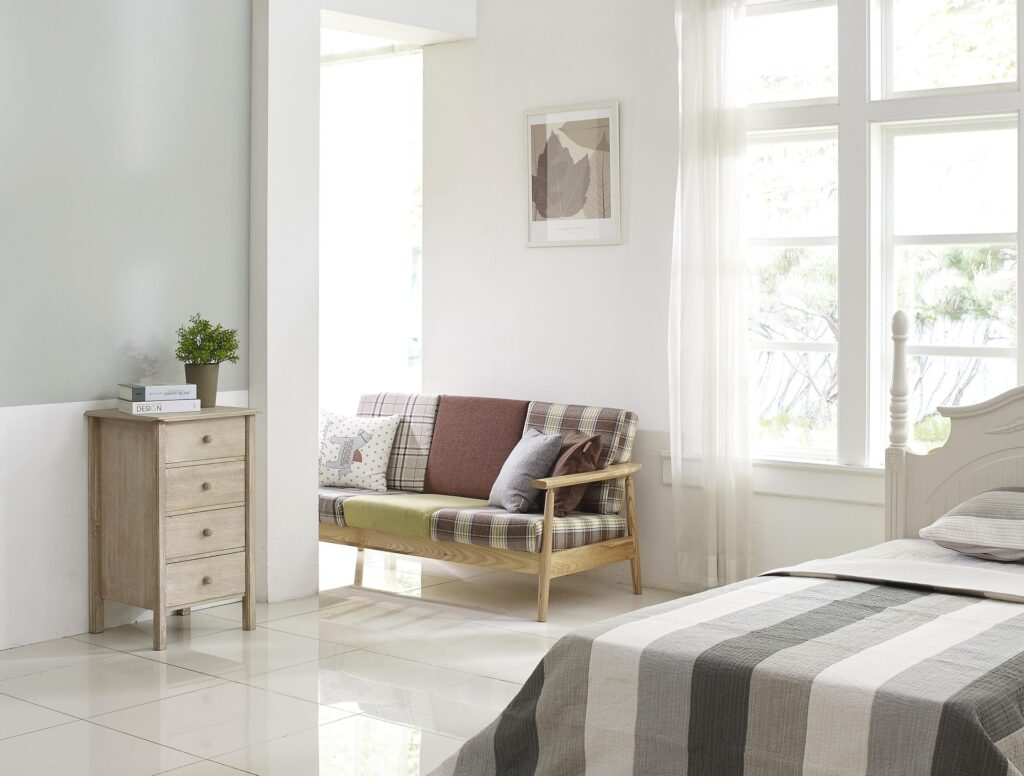
Then there’s the beautiful rise of “Japandi,” a sophisticated and increasingly popular blend of Scandinavian functionality and Japanese rustic minimalism. This style emphasizes craftsmanship, natural materials (like bamboo, rattan, and light woods), clean lines, and a focus on creating a tranquil, Zen-like atmosphere. The Spruce defines Japandi Style as often incorporating the Japanese philosophy of *wabi-sabi* – finding beauty in imperfection, appreciating the natural processes of aging, and valuing authenticity (Wabi Sabi Is the Japanese Interior Design Trend That’s All About Imperfection).
Think muted, nature-inspired color palettes, uncluttered surfaces, and pieces that feel both simple and soulful. What’s insightful here is that Japandi isn’t just about aesthetics; it’s about fostering a specific feeling – a sense of peace, mindfulness, and intentionality at home.
We also see vibrant influences from Mediterranean styles – think the iconic blues and whites of the Greek islands, rustic terracotta tiles reminiscent of Spanish villas, warm woods, and an emphasis on indoor-outdoor living that evokes coastal relaxation and sunny leisure. Mediterranean Interior Design often incorporates natural textures like stucco and stone. Moroccan design brings in rich jewel tones, intricate geometric tile patterns (Zellige, with its handmade variations, is particularly popular), plush layered textiles like Beni Ourain rugs, and ornate metal lanterns, adding a touch of exoticism, history, craftsmanship, and warmth.
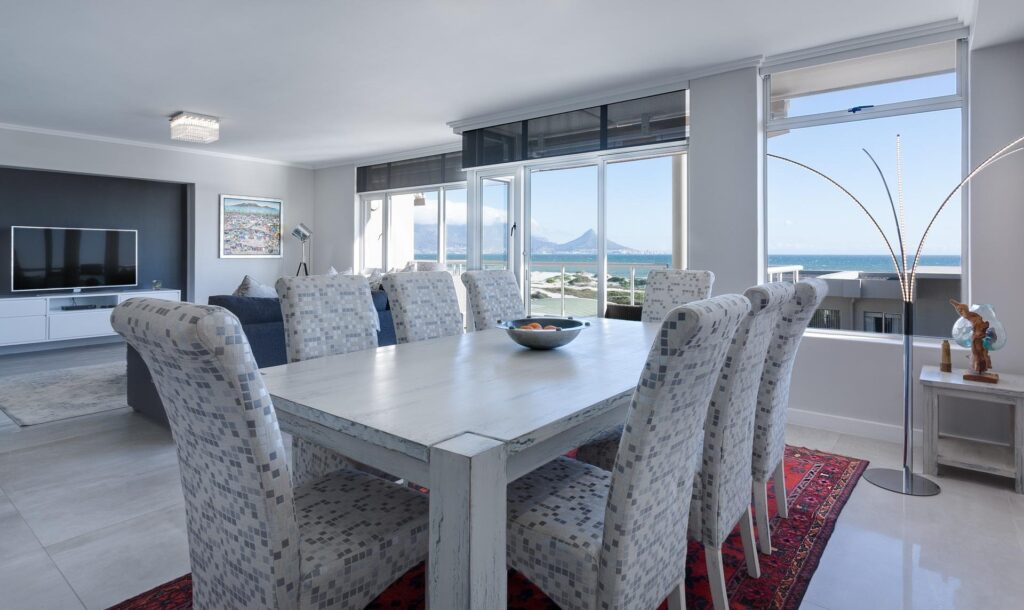
Even the eclectic and free-spirited Bohemian (or Boho) style often draws heavily from global influences, layering diverse textiles, patterns, and objects gathered from travels (real or imagined) or inspired by different cultures around the world. What’s truly exciting is how these global influences are no longer niche interests confined to specialists; they’re seamlessly integrated into mainstream home decor trends.
This allows us to curate spaces that feel both deeply personal and connected to the wider world. We’re cherry-picking elements – a Berber-style rug here, a Scandi chair there, a Wabi-Sabi ceramic piece on the shelf – creating unique hybrid styles that speak to our individual experiences, travels, and aspirations in an increasingly globalized society. It’s a beautiful reflection of cultural exchange happening right in our living rooms.
The Digital Touch: How Technology is Transforming Home Decor Styles
Okay, let’s address the elephant (or perhaps the smart speaker) in the room: technology. It’s not just changing *how* we live day-to-day with communication and entertainment; it’s fundamentally altering *how our homes look, feel, and function*. The most obvious impact is the pervasive rise of the smart home. Integrated lighting systems, allow us to instantly change the mood, color temperature, and brightness with a voice command or an app, directly influencing ambiance and how we perceive color palettes.
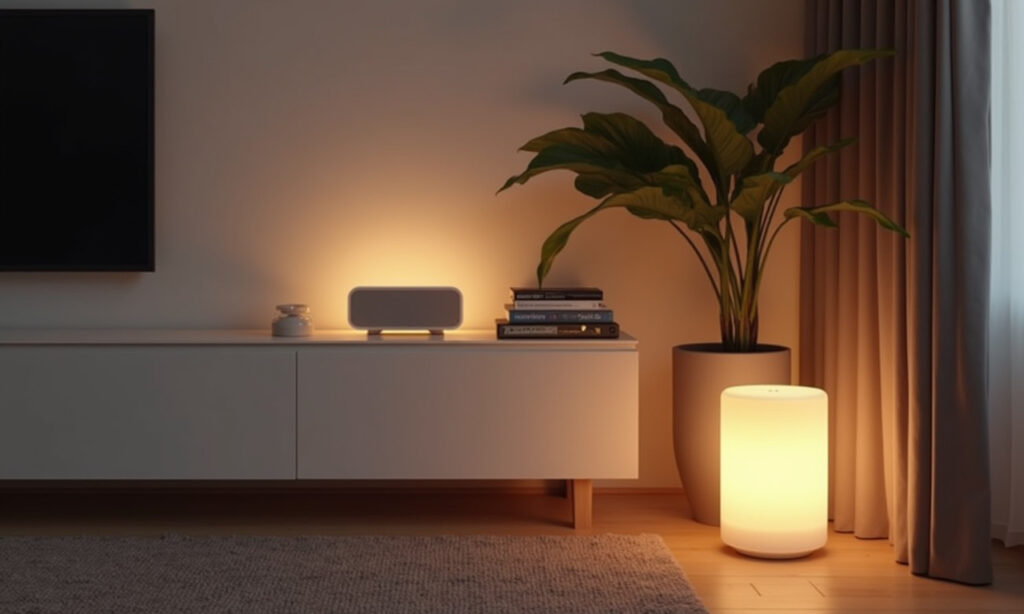
Smart thermostats learn our preferences for energy efficiency, speakers are increasingly designed to blend seamlessly into decor (or even look like art), and even everyday appliances are becoming sleek, connected hubs, as highlighted in roundups of the best smart home devices.
This integration forces design itself to become smarter and more considerate. We need aesthetically pleasing solutions for incorporating charging stations, hiding the inevitable tangle of wires (a common challenge addressed in guides like How To Hide Wires), and making technology feel organic and integrated rather than intrusive or tacked-on. Think furniture cleverly designed with built-in USB ports or wireless charging pads, minimalist wall mounts that make flat-screen TVs look like framed art when turned off, or kitchen appliances with sleek interfaces that disappear when not in use.
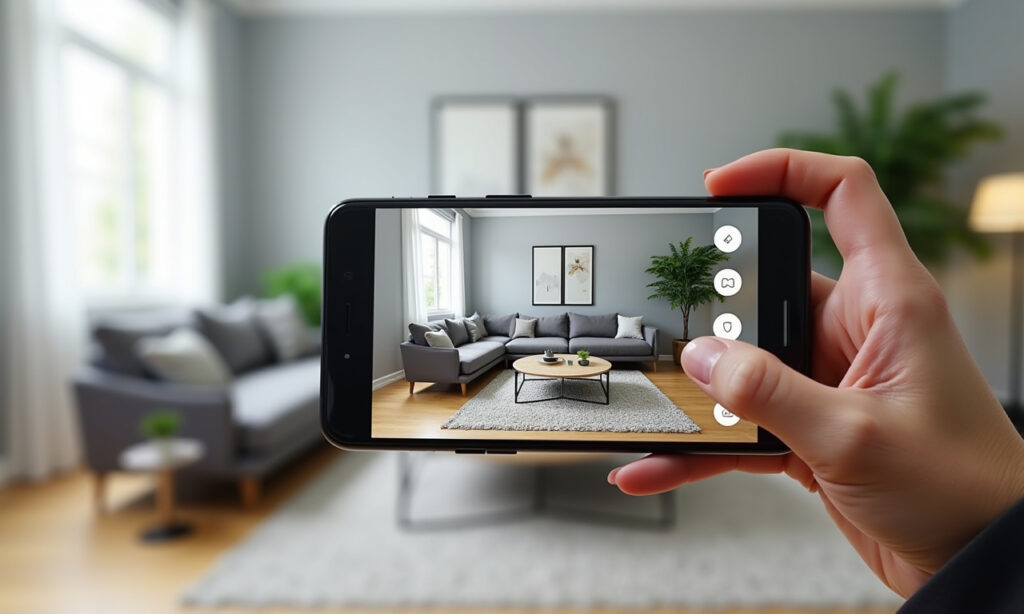
I believe a key challenge moving forward will be balancing this technological convenience and capability with a desire for spaces that still feel human, warm, and tactile, not like sterile command centers or showrooms.
Beyond the gadgets themselves, technology is revolutionizing the design *process*. Augmented Reality (AR) and Virtual Reality (VR) tools now let us visualize furniture, paint colors, and even entire room layouts in our actual spaces before committing to a purchase. This significantly reduces costly mistakes and empowers us, as consumers, to experiment more boldly with styles and arrangements (How Augmented Reality is Revolutionizing Interior Design). Online platforms and dedicated apps offer virtual design consultations, easy-to-use mood board creation tools, and AI-powered style suggestions, democratizing access to design expertise that was once expensive or exclusive.
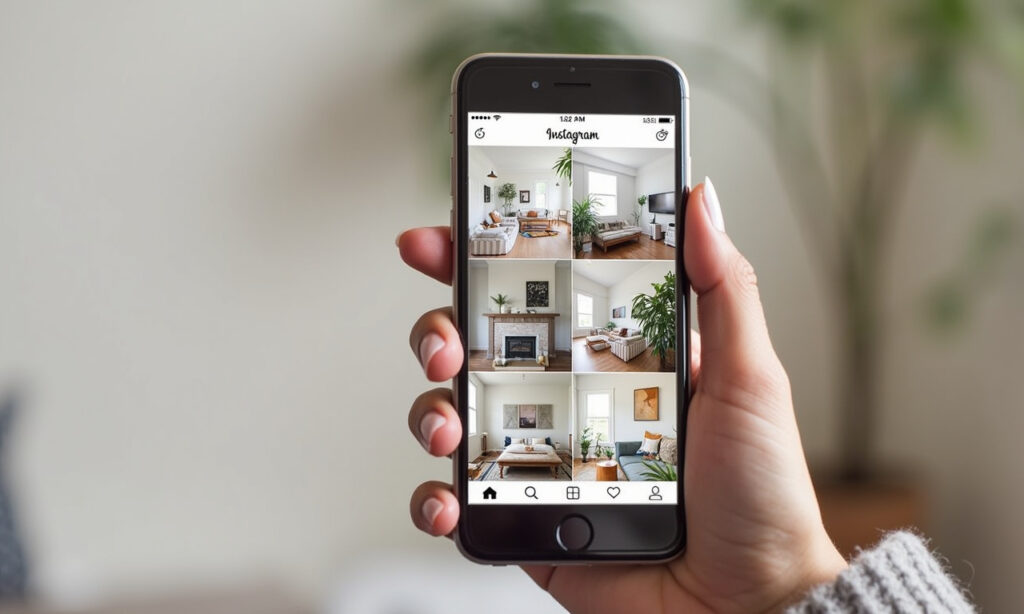
We can shop for furniture and decor from artisans and retailers across the globe with just a few clicks, browse virtually endless inspiration on Pinterest and Instagram (more on their impact later!), and even use Artificial Intelligence (AI) to generate novel design concepts based on our stated preferences or uploaded images of our space (How Artificial Intelligence Is Transforming Interior Design). This digital transformation makes discovering trends, finding products, and implementing design ideas faster and more accessible than ever before.
Furthermore, technology profoundly influences materials and manufacturing processes. 3D printing allows for the creation of intricate, highly customized decor items, light fixtures, and even complex furniture components, opening doors for unique forms and on-demand production. New synthetic materials offer enhanced durability, stain resistance, unique finishes, or improved sustainability profiles that weren’t previously possible.
Think high-performance fabrics designed to withstand pets and kids while still feeling luxurious, or innovative recycled materials finding stylish new life in our homes. Even lighting technology has evolved dramatically with LEDs, offering incredible energy efficiency, longevity, and versatility in color temperature (warm to cool) and brightness, allowing us to fine-tune the atmosphere of our spaces with unprecedented control.
Technology isn’t just *in* our homes anymore; it’s woven into the very fabric of contemporary design, constantly pushing boundaries in functionality, aesthetics, sustainability, and personalization.
Your Space, Your Story: The Role of Personal Expression in Interior Design Trends
For the longest time, interior design often felt dictated by a strict set of unspoken rules, often promoted by magazines and gatekeepers. You *had* to have matching furniture sets, certain colors were definitively “in” or “out,” specific woods were favored, and deviating from the prevailing norm felt like committing a design crime.
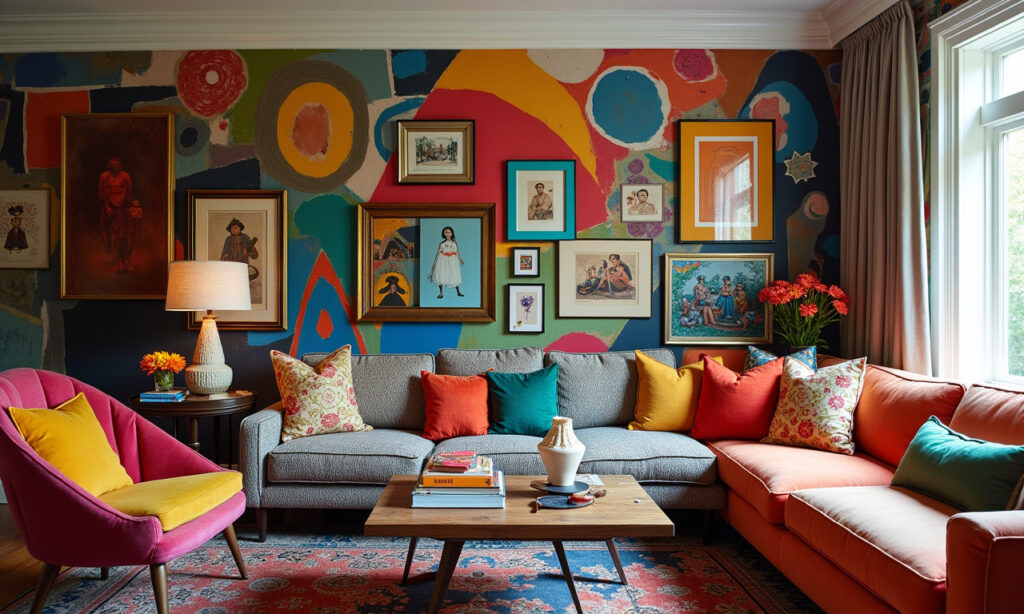
Thankfully, we’ve largely tossed those rigid rulebooks out the window! Today, arguably the most significant and liberating trend is the celebration of *personal expression*. Your home is *your* sanctuary, your personal backdrop, the stage for your daily life, and it should fundamentally reflect *your* unique personality, passions, history, and lifestyle – not just blindly mimic what’s splashed across magazine covers or dominating Instagram feeds.
This shift towards individuality is incredibly empowering. It means wholeheartedly embracing styles like maximalism, where ‘more is more’ is the guiding principle. As Architectural Digest explains Maximalist Design, this involves joyfully layering patterns, colors, textures, and meaningful objects – souvenirs from travels, inherited pieces, quirky collections – to create a rich, eclectic space that tells your unique story.
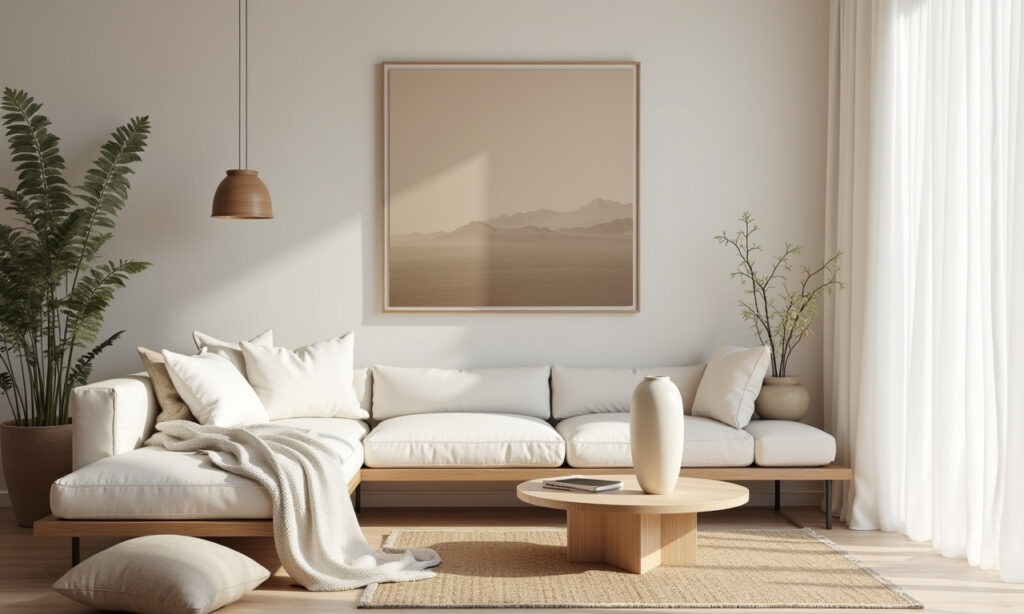
Think gallery walls filled not just with purchased art but with personal photos, children’s drawings, and meaningful mementos; curated collections proudly displayed on open shelves rather than hidden away; and furniture pieces from different eras and styles coexisting happily and harmoniously because *you* love them together.
On the flip side of the coin, minimalism remains enduringly popular, but even within this pared-back aesthetic, personal expression shines through. Modern minimalism isn’t about sterile emptiness or deprivation; it’s about profound intentionality – choosing fewer, higher-quality pieces that you truly love, that serve a clear purpose, and that allow for breathing room. As MyDomaine’s guide to Minimalist Interior Design suggests, a minimalist space can still be deeply personal through the careful selection of a single impactful piece of art, a beautifully crafted object with sentimental value, a focus on rich natural textures, or a color palette chosen specifically to evoke a desired feeling or memory. The personality comes through in the deliberate choices.
The booming DIY (Do It Yourself) culture, fueled by endless online tutorials on YouTube and blogs, plus platforms like Etsy connecting individual creators and buyers, also significantly empowers personal expression. We’re increasingly customizing IKEA furniture (IKEA hacks!), creating our own art, upcycling flea market finds, painting murals, and taking genuine pride in making our spaces uniquely our own. It’s about participation and putting your own stamp on things. Exploring resources like Apartment Therapy’s ideas on Decorating Based on Your Personality Type can be a fun starting point.
Whether you’re a die-hard minimalist, a pattern-clashing maximalist, a lover of vintage charm, or happily reside somewhere eclectic in between, the core emphasis is now on *curation*. It’s about consciously surrounding yourself with things that bring you joy, comfort, function well for your life, and authentically reflect who you are.
Trends can certainly offer inspiration, a useful starting point, or a new idea to experiment with, but they should never overshadow your individual taste or force you into a style that doesn’t feel right. The ultimate goal isn’t a perfect showroom replica; it’s a home that feels authentically, comfortably, and joyfully *you*. I believe this shift is crucial because it acknowledges that our homes are deeply emotional spaces, extensions of ourselves, not just visual compositions judged by others.
Behind the Scenes: Key Drivers Shaping Home Decor Aesthetics
Why do decor trends sometimes seem to change faster than we can possibly repaint our living rooms or afford that new sofa style? It’s definitely not random; several key drivers are constantly pushing and pulling at our collective aesthetic preferences, shaping the interior design evolution we observe.
Economic factors play a surprisingly significant role, influencing both consumer confidence and the types of products manufacturers focus on. During periods of economic prosperity, we might see trends leaning towards overt luxury, visible opulence (think high-end materials like marble and brass), grander gestures, and larger-scale renovations. People generally feel more confident investing in premium finishes and statement pieces.
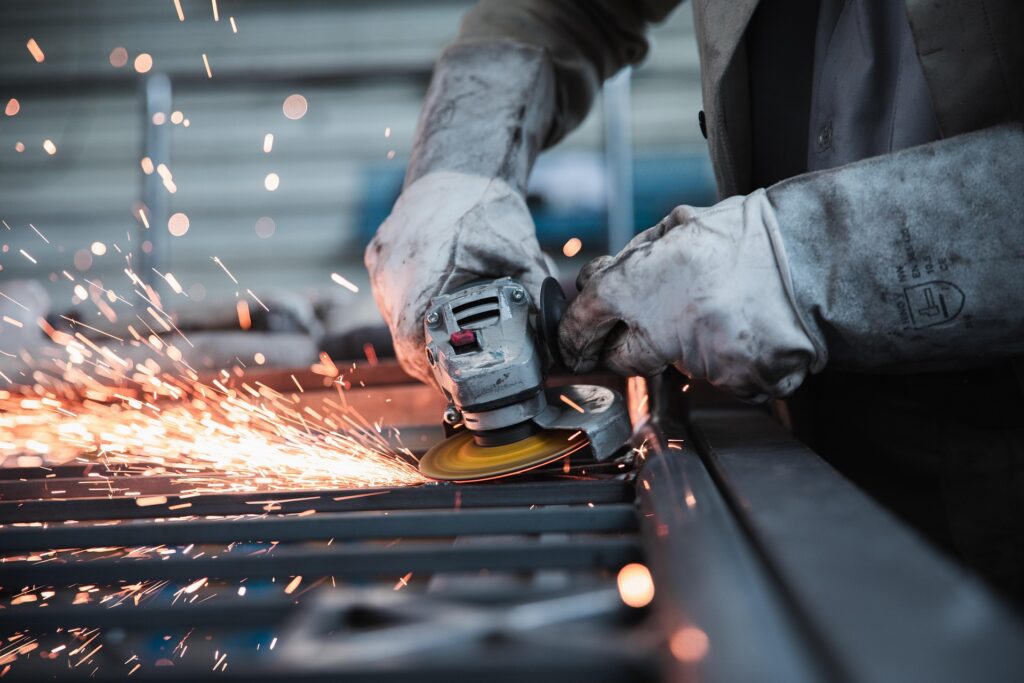
Conversely, economic downturns or periods of uncertainty often lead to trends focused on comfort, security, nesting, DIY projects, and finding joy in smaller, more affordable updates or the resourceful use of existing materials. Think about the surge in cozy “cottagecore” or crafty, handmade aesthetics during uncertain global periods – they offer a powerful sense of security, control, nostalgia, and achievable comfort. Market analysis reports, like those from Mordor Intelligence on the Interior Design Market, often track these correlations.
Societal shifts are arguably among the most massive drivers of change, altering how we live and what we need from our homes. The recent global pandemic, for instance, dramatically and perhaps permanently reshaped our relationship with our living spaces, as documented by outlets like The Washington Post on how the pandemic changed home design. Suddenly, our homes had to simultaneously function as offices, gyms, schools, restaurants, *and* sanctuaries.
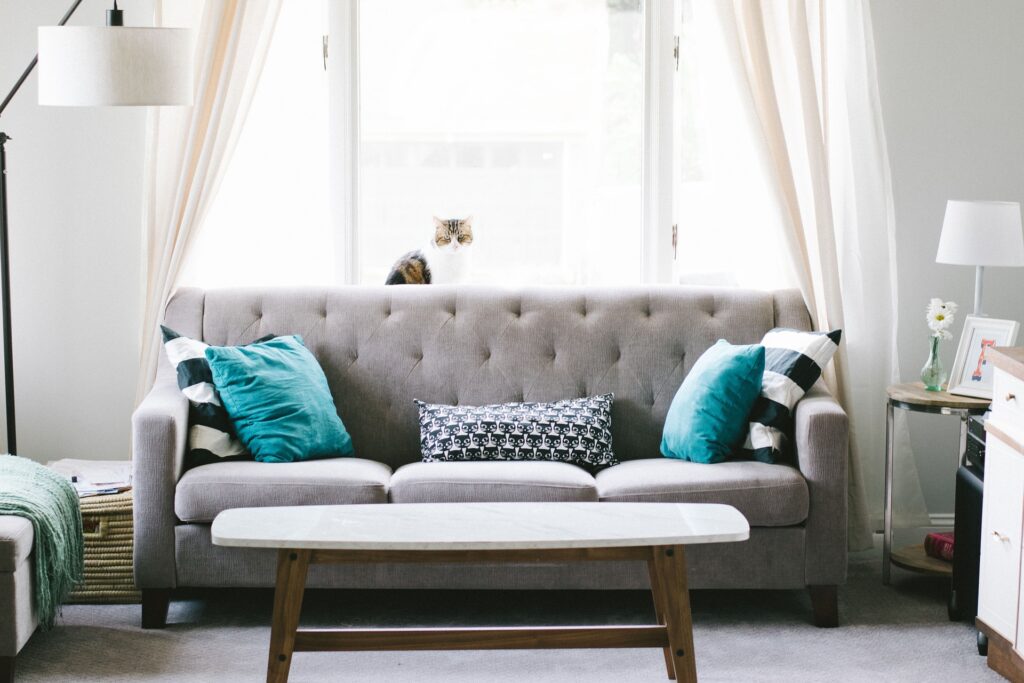
This necessity rapidly accelerated trends like creating dedicated, functional home office nooks, prioritizing comfortable and multi-functional furniture (like sleeper sofas or expandable dining tables), cleverly carving out distinct zones for different activities within open-plan areas, and significantly enhancing outdoor living spaces like patios, balconies, and gardens. The focus shifted intensely towards well-being, practical comfort, hygiene, and sheer functionality within the domestic environment.
Similarly, the ongoing trend of urbanization and resulting smaller average living spaces in many cities directly drives demand for clever storage solutions (vertical storage, under-bed drawers, multi-use items), adaptable and modular furniture, minimalist aesthetics that maximize the perception of space, and design tricks to enhance light and openness. Demographic shifts, like multi-generational households becoming more common, also influence needs for privacy, accessibility, and shared spaces that cater to different age groups.
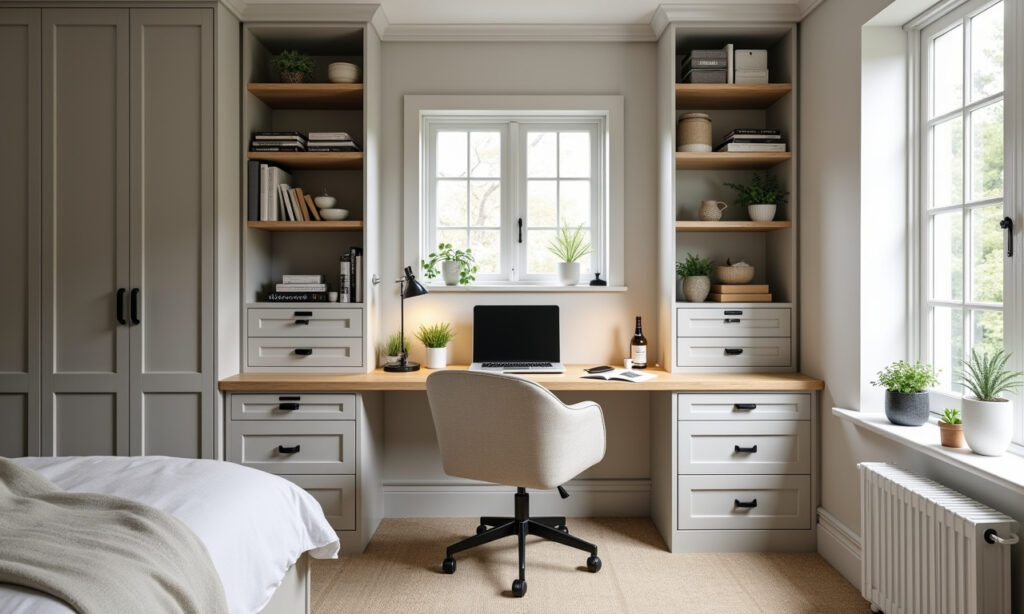
The influential world of the fashion industry is another powerful force, acting almost like an early indicator system for interiors. Colors, patterns, textures, and even silhouettes often migrate directly from the runway to our sofas, rugs, and walls. As noted by publications like Veranda on Fashion Trends Influencing Interior Design, if a specific shade of green, a particular animal print, or a certain textural fabric like boucle becomes prominent in clothing collections one season, you can reasonably expect to see it popping up in home decor offerings soon after. This cross-pollination keeps interior trends feeling fresh and connected to broader cultural currents.
Fun Fact: Color of the Year
Companies like Pantone release a “Color of the Year” based on trend forecasting across various industries, including fashion, design, and socio-cultural trends. This announcement often significantly influences color palettes in home decor for the upcoming year, demonstrating the link between broader cultural analysis and specific design choices.
Media, in all its evolving forms – traditional print magazines (still influential for setting aspirational tones), popular TV design shows (which often simplify and popularize specific looks), influential design blogs, and especially visual social media platforms like Instagram and Pinterest – constantly bombards us with new visual ideas and collectively helps define what’s considered “current,” desirable, or even “aspirational.”
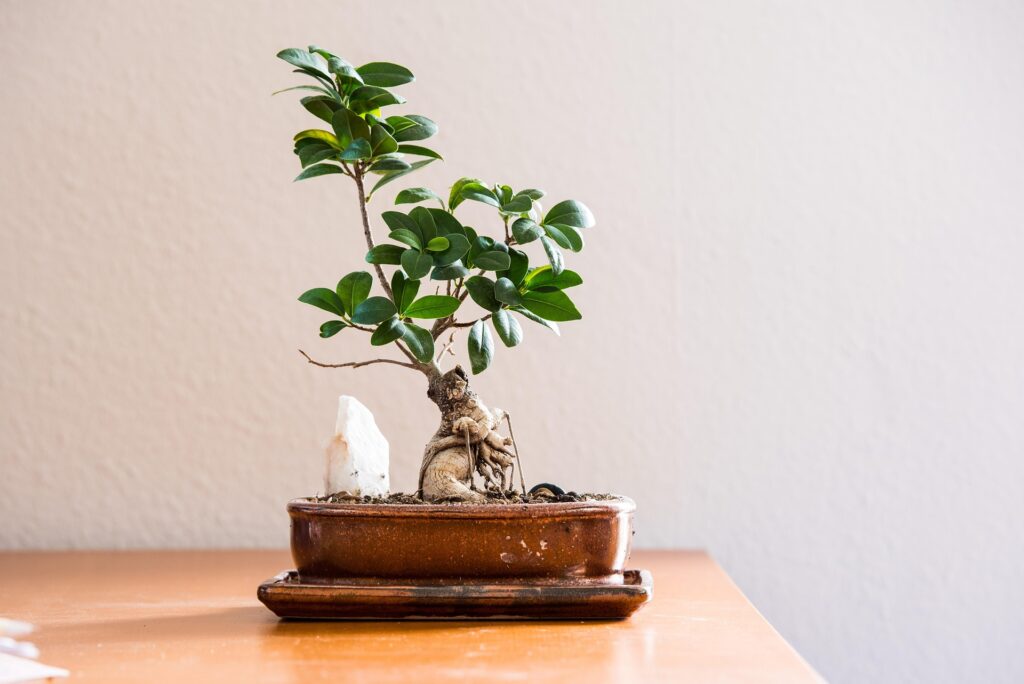
Finally, there’s the fascinating cyclical nature of nostalgia. Trends often reappear, albeit usually in updated forms reflecting contemporary tastes – think about the recent resurgence of 70s curves, earthy color palettes, and materials like rattan and boucle, or the seemingly enduring appeal of Mid-Century Modern design principles decades after its peak. We constantly revisit past aesthetics, reinterpreting them through a modern lens for the present day. These diverse drivers intermingle and interact, creating a complex and dynamic landscape where home decor trends emerge, capture our attention, evolve, and eventually fade, only to potentially reappear later in a fresh new guise. Understanding this interplay helps explain the seemingly relentless pace of change in decor fashion history.
Designing with Conscience: Sustainability in Decor – Embracing Eco-Friendly Trends
This isn’t just another fleeting trend; it’s rapidly becoming a fundamental aspect of thoughtful, responsible design, and I believe its importance will only continue to grow. As a society, we are increasingly aware of our environmental impact, and that growing consciousness is thankfully extending into how we choose to furnish and decorate our homes.
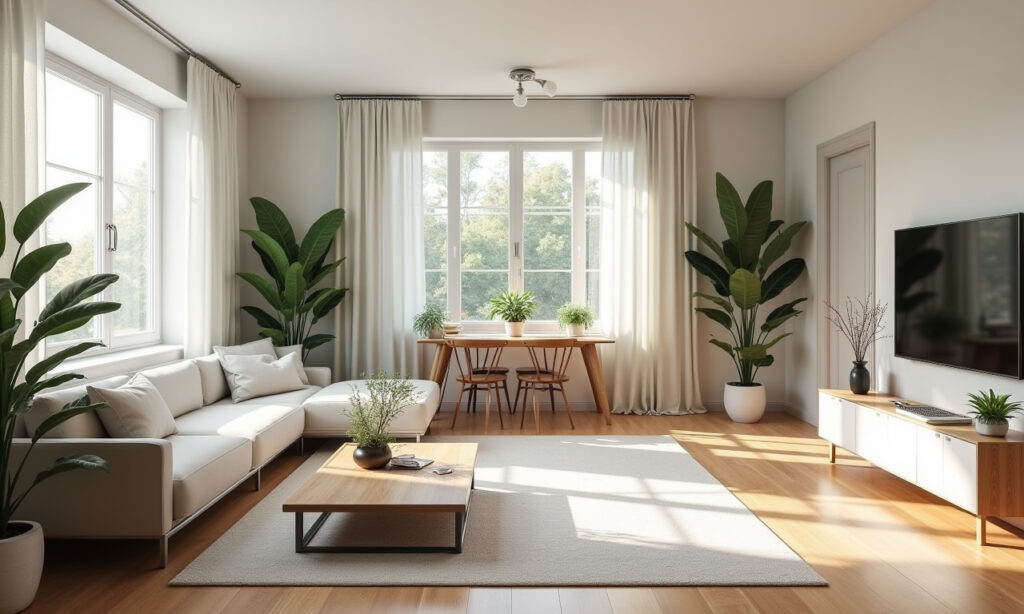
The Importance of Sustainable Interior Design is becoming clearer, encompassing everything from the raw materials we use and the manufacturing processes involved, to our patterns of consumption and the end-of-life considerations for products.
A major focus area is unquestionably on materials. We’re witnessing a significant rise in the popularity and availability of renewable resources like bamboo (admired for its incredibly fast growth rate, strength, and versatility), cork (which can be harvested from the bark without harming the tree), and reclaimed wood (celebrated for giving old timber beautiful new life, diverting waste, and possessing inherent character and history). Recycled materials are also gaining substantial traction – think stylish and durable rugs cleverly made from recycled plastic bottles (PET), unique countertops incorporating fragments of recycled glass or ceramics, or innovative textiles woven from reclaimed cotton or wool fibers.
Resources like The Good Trade’s list of Sustainable Home Decor Brands highlight companies prioritizing these approaches. I believe investing in pieces made from these materials not only benefits the environment but often brings a unique texture, story, and sense of authenticity into our homes that mass-produced virgin synthetics often lack.
Beyond the materials themselves, there’s a growing focus on the production process, ethical labor practices, and indoor environmental health. Choosing non-toxic finishes and low-VOC (Volatile Organic Compound) or zero-VOC paints is crucial for improving indoor air quality and reducing the emission of potentially harmful chemicals into our living environment, a topic explained well by The Spruce regarding Low-VOC and Zero-VOC Paints. Supporting local artisans and manufacturers often means reducing transportation footprints (and associated carbon emissions) and investing in higher-quality, longer-lasting pieces crafted with greater care and traditional techniques, potentially fostering local economies.
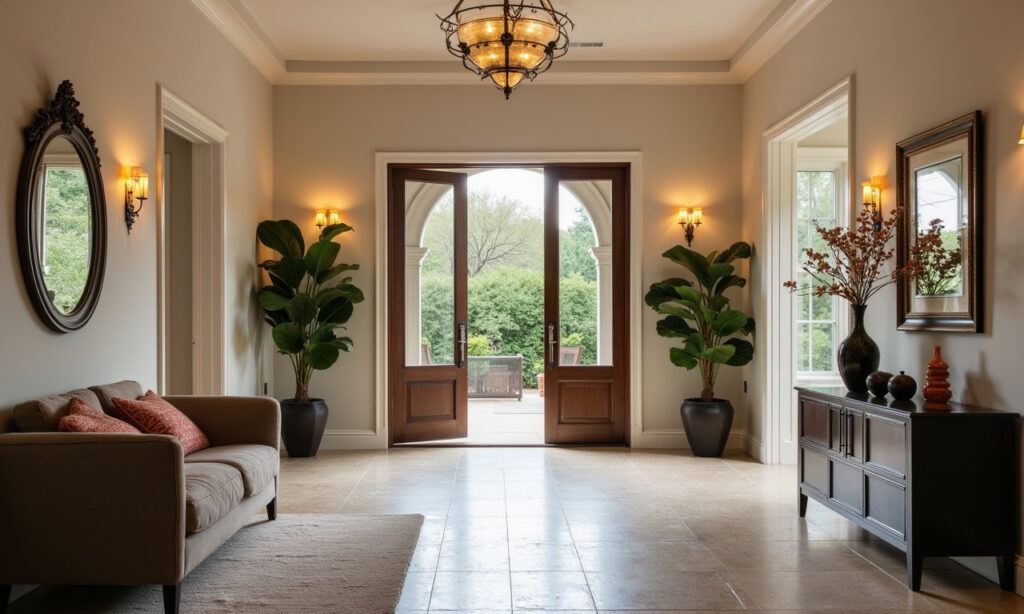
There’s also a wonderful, growing appreciation for vintage and secondhand finds. Shopping at antique stores, consignment shops, flea markets, or online marketplaces isn’t just potentially budget-friendly; it’s the ultimate form of recycling, giving pre-loved items a second (or third!) chapter and diverting them from landfills. This approach adds unique character, history, and soul to a space that brand-new, mass-produced items simply cannot replicate. It encourages a slower, more considered approach to furnishing.
Biophilia – the concept exploring the inherent human tendency to connect with nature and natural processes – is another vital facet of sustainable and wellness-focused design. As detailed by The Spruce on Biophilic Design, this involves incorporating houseplants (lots of them!), maximizing natural light through thoughtful window treatments and furniture placement, using nature-inspired colors (greens, blues, earth tones), textures (wood grain, stone, natural fibers), and patterns.
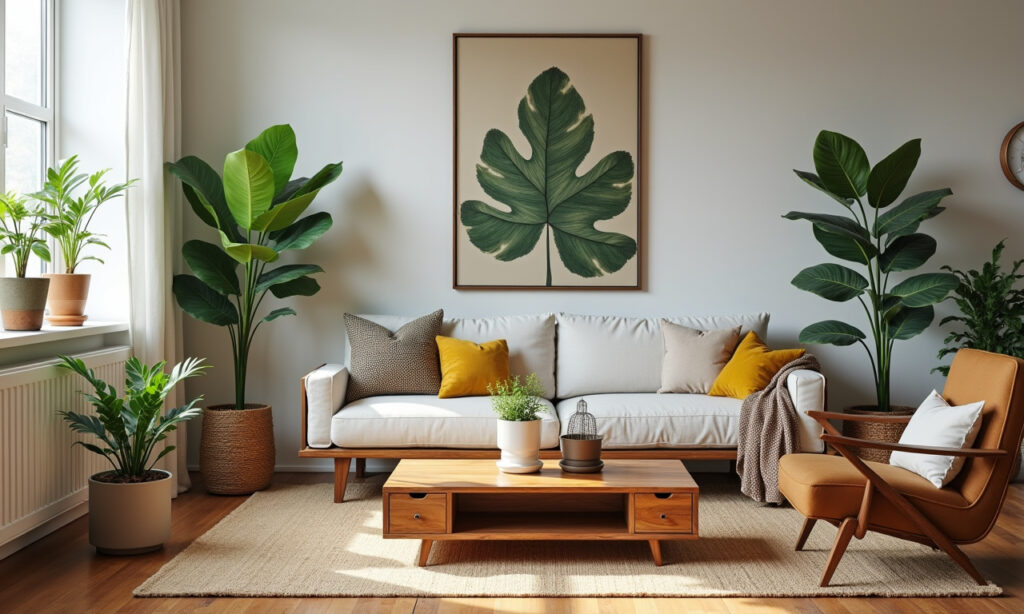
These elements not only look beautiful but demonstrably enhance our well-being by reducing stress, improving focus, and fostering a connection to the natural world, even when we’re indoors.
Ultimately, sustainable decor boils down to conscious consumerism: buying less but choosing better, investing in pieces designed for longevity and durability, prioritizing repair over replacement whenever possible (the ‘Right to Repair’ movement is relevant here too!), and carefully considering the entire lifecycle of the products we bring into our homes – from raw material extraction and manufacturing impacts to end-of-life disposal or recyclability. It represents a significant and necessary shift towards creating spaces that are not only beautiful and functional but also responsible, healthy, and restorative for both ourselves and the planet.
The Feed Effect: Social Media’s Powerful Impact on Home Decor Choices
Love it or loathe it, social media has undeniably and profoundly reshaped the entire home decor landscape in recent years. Platforms like Pinterest and Instagram function as vast, constantly updated visual search engines and seemingly endless wells of inspiration, comparison, and commerce.
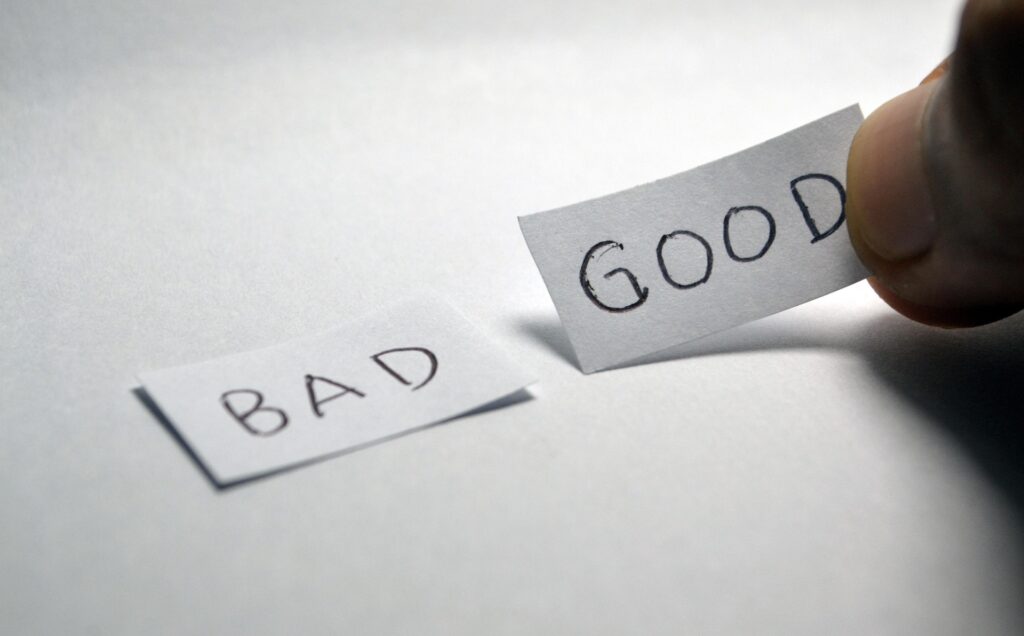
Pinterest allows users to create digital mood boards (“pinning” images they like), discover specific products (often with direct links to buy), find detailed tutorials for DIY projects, and explore highly specific niche aesthetics. Tools like Pinterest Predicts even attempt to forecast upcoming trends based on user search data.
Instagram, with its intense focus on curated visual aesthetics, floods our daily feeds with perfectly styled homes, dramatic before-and-after room makeovers, short video tours (Reels), and easily shoppable products tagged directly in images and videos. As discussed in articles exploring Instagram’s Influence on Interior Design Trends, home decor influencers play a huge role in this ecosystem.
They showcase emerging trends, review new products, share their personal renovation journeys (often in compelling detail), and create highly aspirational content that directly impacts consumer awareness, desires, and ultimately, purchasing decisions. We might see a stunning kitchen renovation on Instagram, and suddenly, those specific sage green cabinet colors, that particular style of open shelving, or those handmade Zellige backsplash tiles are firmly planted on our radar and wish lists.
This constant, high-speed stream of visual information has dramatically accelerated home decor trend cycles. What might have once taken several years to gain mainstream traction through magazines and showrooms can now become seemingly ubiquitous almost overnight, propelled by viral posts, influencer endorsements, and the powerful amplification effects of platform algorithms. This speed can be exciting, offering a continuous flow of fresh ideas and visual stimulation. However, it also creates undeniable pressure to constantly “keep up.”

We might suddenly feel our perfectly lovely and functional living room is somehow “dated” or inadequate simply because it doesn’t feature the boucle sofa, the mushroom lamp, the checkerboard rug, or whatever specific item is currently flooding our feeds. This pressure, as some critics like those in House & Garden question whether Instagram is ruining interiors, can inadvertently lead to faster consumption cycles, impulse purchases, and potentially more waste, as people feel compelled to chase the latest fleeting micro-trend.
The Algorithm Effect
Social media algorithms are designed to show you more of what you engage with. If you ‘like’ posts featuring a certain style (e.g., Dark Academia), the platform will likely show you more of it, potentially creating an echo chamber that reinforces specific trends and makes them seem even more popular than they might be offline.
Moreover, social media can sometimes contribute to a sense of homogenization in design. When the same specific trends, color palettes (often neutral and camera-friendly), furniture items, and styling tricks are amplified repeatedly across platforms by algorithms and influencers aiming for broad appeal, we risk seeing less genuine diversity, regional variation, and personal quirkiness in style.
The pervasive “Instagram aesthetic” – often characterized by neutral palettes, specific trending houseplants (yesterday the Fiddle Leaf Fig, today perhaps the Olive Tree!), certain ubiquitous furniture styles from popular retailers, and carefully arranged “shelfies” – can sometimes feel inescapable and lead to spaces that look surprisingly similar, regardless of location or the owner’s true personality.
However, it’s crucial to acknowledge the positive side as well. Social media also powerfully democratizes design inspiration and knowledge. It provides access to a wealth of ideas, tutorials, and visual resources that were previously confined to expensive print magazines or required hiring exclusive design professionals. It allows niche styles, independent makers, vintage sellers, and smaller creators to find dedicated audiences they might never have reached otherwise.
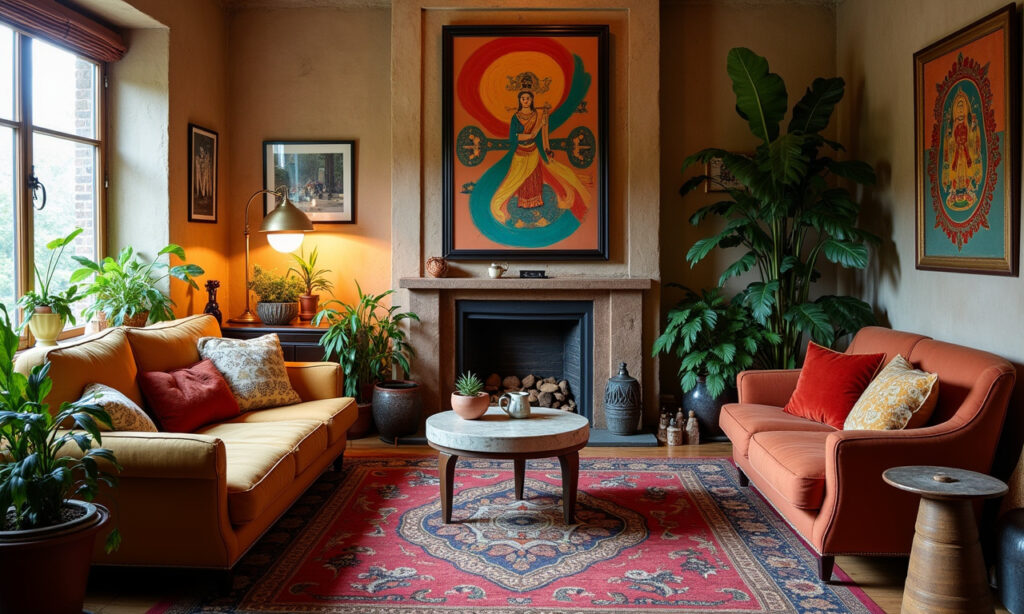
Furthermore, it empowers individuals to share their own unique spaces, fostering a vibrant sense of community, shared passion, and peer-to-peer learning around home design. It truly is a double-edged sword: an incredibly powerful tool for discovery, connection, and learning, but also a potential driver of conformity, comparison anxiety, and rapid, sometimes wasteful, consumption. I believe navigating it wisely means using it consciously as a source of inspiration and ideas, perhaps setting time limits, and critically evaluating whether a trend truly fits *your* life, rather than accepting it as a rigid dictation of style.
Desire Meets Design: Exploring the Connection Between Decor Trends and Consumer Preferences
Why do certain home decor trends catch fire and spread rapidly, becoming the ‘must-have’ look, while others seem to fizzle out before they even truly begin? It ultimately boils down to a complex, dynamic interplay between what the design industry (manufacturers, retailers, designers, media) promotes and what we, as consumers, actually want, need, aspire to, and feel comfortable with in our daily lives.
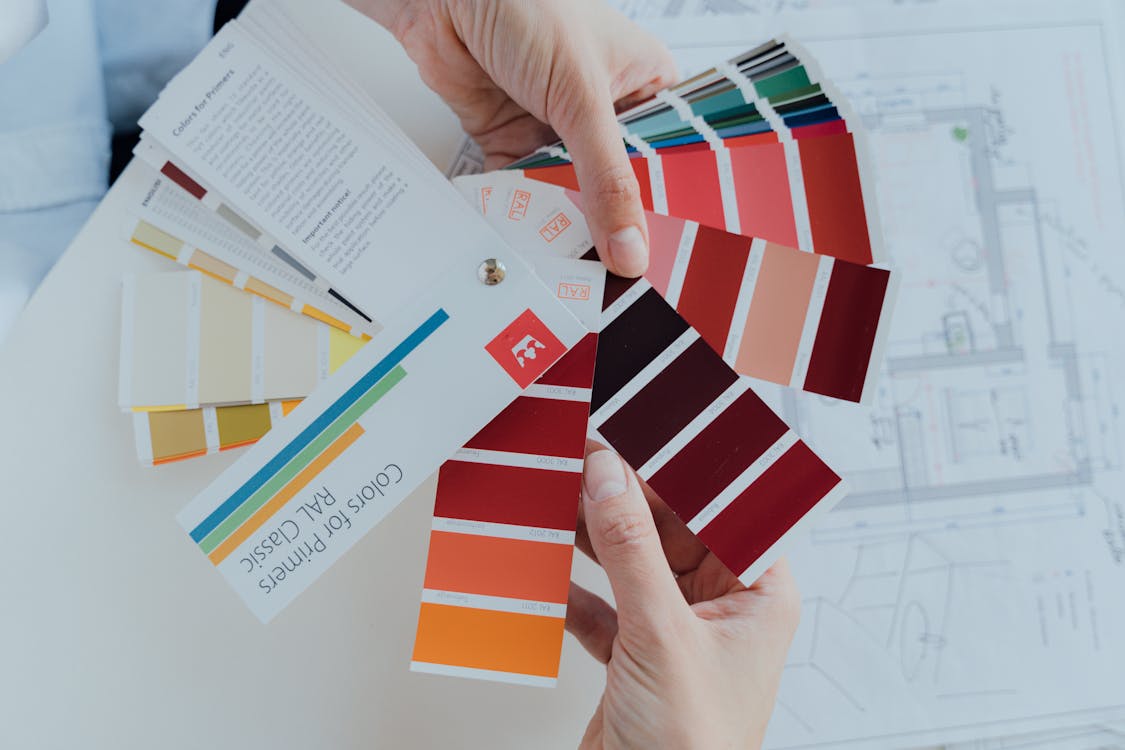
Decor trends don’t just emerge in a vacuum; they often tap into deeper, sometimes subconscious, consumer desires, aspirations, anxieties, and significant lifestyle shifts. For instance, the growing societal focus on wellness, mental health, and self-care directly translates into tangible interior trends. We see this in the desire to create spa-like bathrooms with features like rainfall showerheads or deep soaking tubs, the preference for calming color palettes (think soft blues, gentle greens, warm neutrals, and earthy tones), the design of dedicated spaces for meditation, yoga, or hobbies, and the prioritization of integrating natural elements like plants, wood, and stone.
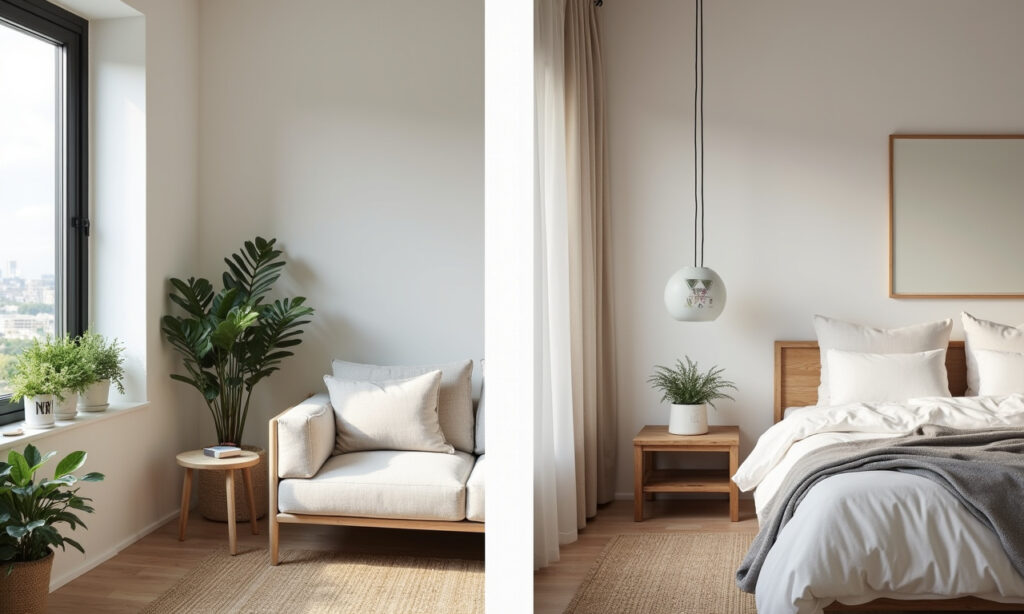
We increasingly want our homes to be true sanctuaries that actively support our mental and physical health, and trends naturally evolve to meet and reflect that fundamental desire.
Market research plays a huge, often unseen, role here. Brands, manufacturers, retailers, and designers closely monitor consumer behavior. They meticulously analyze sales data (what’s selling well?), track social media sentiment (what styles are people talking about and saving?), conduct surveys, host focus groups, and study demographic shifts to understand evolving preferences and anticipate emerging needs.
They identify changing requirements – like the sudden, massive need for better home office solutions during the pandemic, or the growing demand for pet-friendly durable materials – and develop products, styles, and marketing messages specifically designed to meet them. It’s a calculated effort to align offerings with perceived demand.
Demographic shifts also significantly influence trends over longer periods. As populations age in many parts of the world, there’s a correspondingly greater demand for universal design principles (features that work for people of all ages and abilities) and accessible design features (like walk-in showers or lever door handles) integrated beautifully and stylishly into mainstream aesthetics, rather than looking purely institutional.
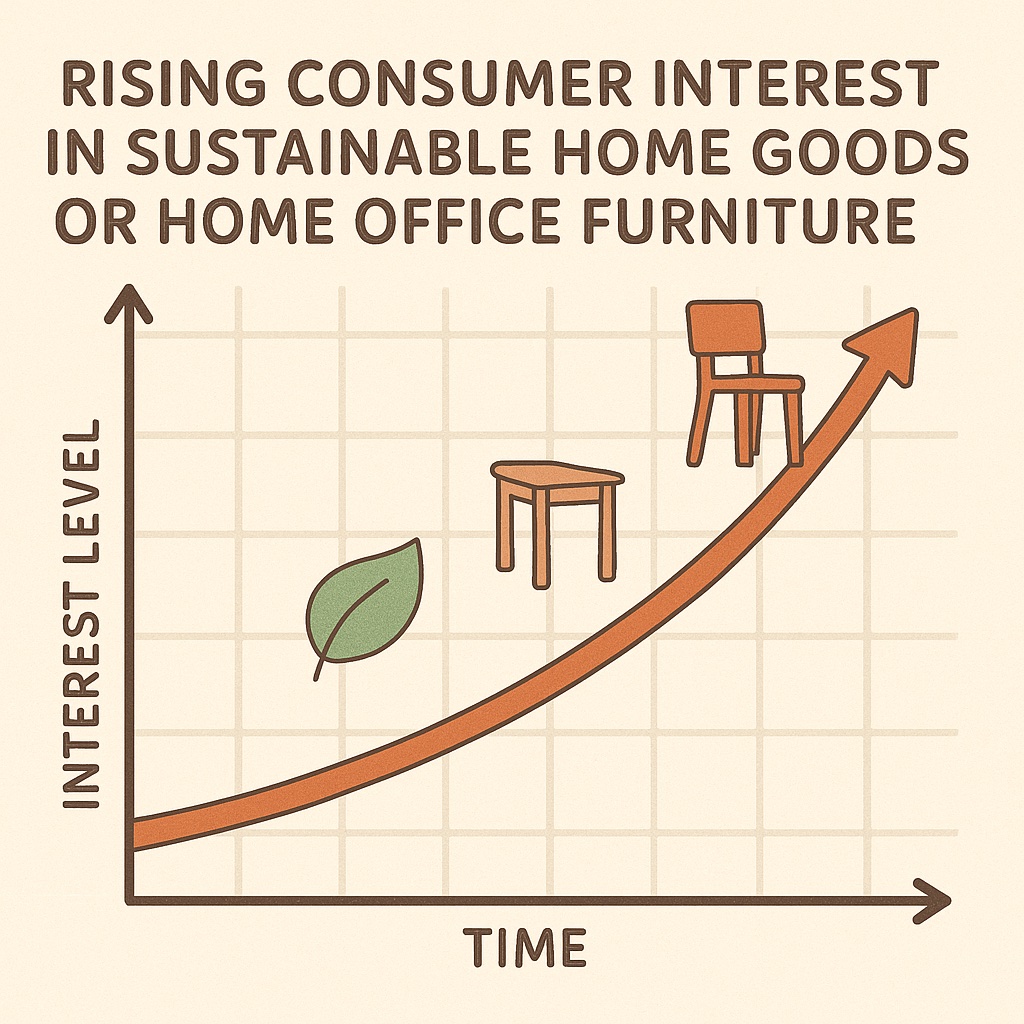
Continued urbanization and the prevalence of smaller living spaces directly drive ongoing trends towards multi-functional furniture (like ottomans with storage, convertible tables, or Murphy beds), as highlighted by Architectural Digest on Multifunctional Furniture, and clever, space-saving storage solutions.
Different generations might also naturally gravitate towards different aesthetics based on their distinct cultural reference points, formative experiences, economic realities, and core values. For example, research might suggest Millennials often prioritize personalization, experiences over possessions, and sustainability, while Gen Z might embrace bolder colors, digital influences, thrifting, and more fluid, less defined aesthetics. These generational preferences shape demand and influence which trends gain traction.
Ultimately, a trend only gains real traction and longevity if it genuinely resonates with a significant portion of consumers on multiple levels. It needs to align with our current lifestyles, reflect our deeply held values (like sustainability or comfort), connect with our aspirations for how we want to live and feel in our homes, and be practically achievable within our budgets and spaces. Sometimes trends are driven by a simple desire for novelty and change, a refreshing visual update after years of the same look.
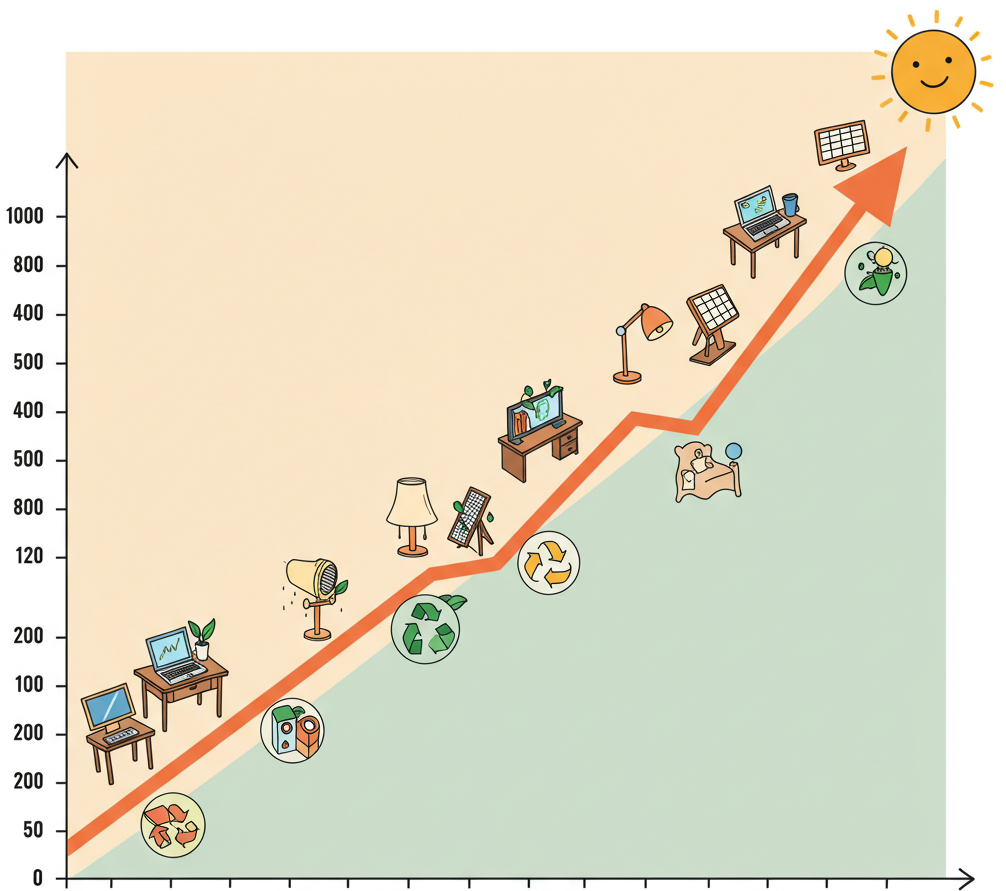
Other times, they are fueled by a powerful longing for comfort, security, and nostalgia, particularly during times of social or economic uncertainty. The most successful and enduring trends are typically those that effectively capture the *zeitgeist* – the prevailing spirit, mood, beliefs, and priorities of a particular time.
They act as a mirror, reflecting our collective anxieties, hopes, and the evolving ways we seek meaning, identity, and comfort in our personal environments. While designers, brands, and media propose ideas and showcase possibilities, it’s ultimately consumer adoption, adaptation, and spending that truly solidify a trend, shaping the market and dictating which products become widely available and culturally relevant. It’s a continuous, fascinating feedback loop between industry innovation and consumer acceptance.
Looking Ahead: Anticipating Future Directions in Home Decor
Peering into the future of home decor is always an exciting exercise, though it’s admittedly more about making educated guesses based on current trajectories and emerging signals than wielding a perfect crystal ball! Based on the powerful forces we’ve discussed – technology, sustainability, societal shifts, and evolving personal values – several key themes seem poised to significantly shape our homes in the coming years.
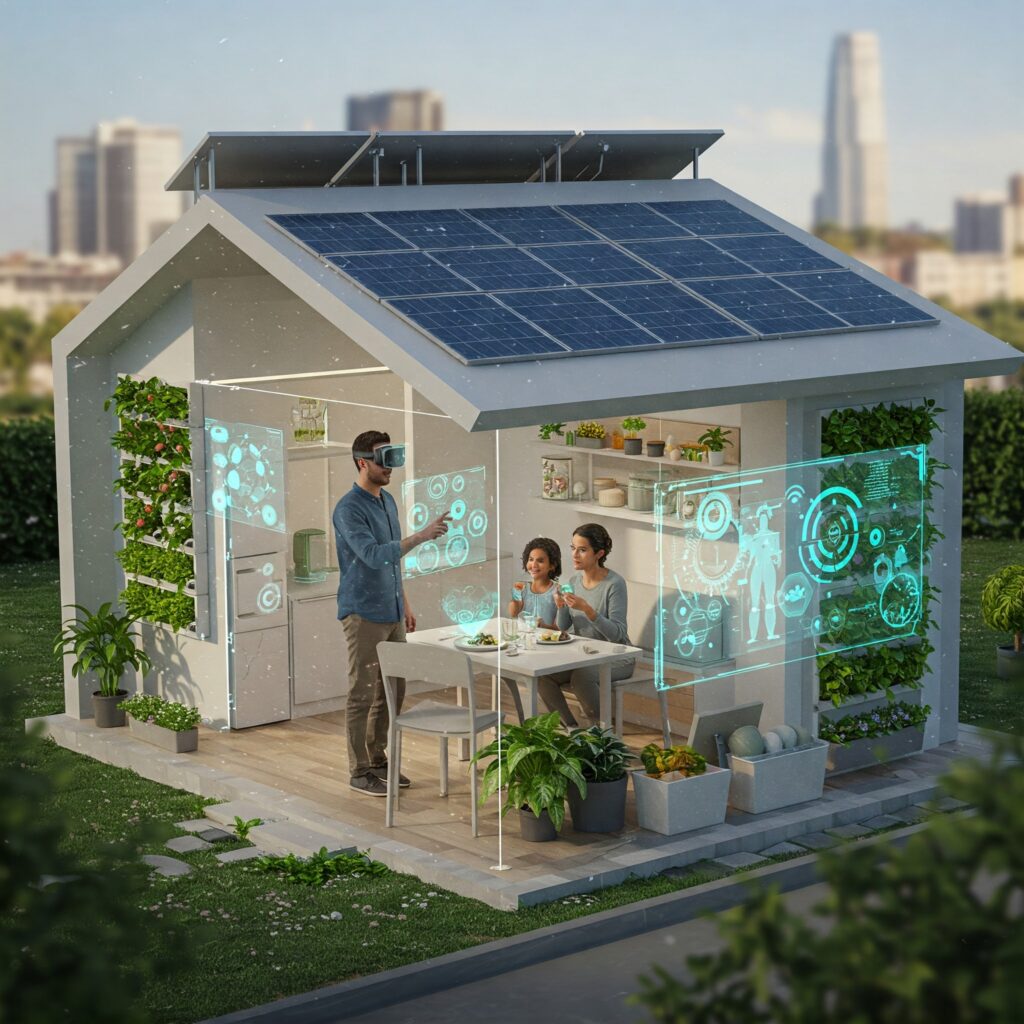
Deepening Sustainability: Sustainability will likely transition fully from being considered a “trend” to becoming a baseline expectation for responsible, desirable design. We’ll probably see even more innovation in developing novel eco-friendly materials (perhaps derived from algae, mycelium, or agricultural waste), wider adoption of circular design principles (where products are intentionally designed for easy disassembly, repair, reuse, or recycling), and increasingly sophisticated technology focused on enhancing home energy efficiency, water conservation, and resource management.

Expect a continued, perhaps even intensified, emphasis on biophilia – integrating nature not just through more potted plants but through maximizing natural light, using natural materials extensively, designing homes to offer better views and connections to the outdoors, and potentially even incorporating indoor food growing systems.
Seamless & Mindful Technology: Technology integration is set to become even smoother, more intuitive, and less visually intrusive. Imagine smart surfaces that can wirelessly charge devices or subtly display needed information (like weather or calendars) only when needed, AI-powered design tools offering hyper-personalized recommendations based on our unique habits, preferences, and even biometric feedback, and homes that learn and adapt automatically to our needs and routines throughout the day (adjusting lighting, temperature, and even ambient soundscapes). Voice control and seamlessly interconnected systems across different brands will likely become even more standard.
However, as a counterpoint, I believe we might also see a parallel “tech-lash” or “digital wellness” trend emerge more strongly – a conscious desire for designated tech-free zones within the home (like bedrooms or reading nooks), fostering mindfulness, disconnection, and a return to simpler, traditional comforts and analog activities. Finding this balance between high-tech convenience and low-tech well-being will be a key design challenge and opportunity.
Hyper-Personalization & Fluid Styles: Personalization will undoubtedly reach new heights. With continued advancements in technologies like 3D printing, AI-driven customization platforms, and direct-to-consumer manufacturing, creating truly unique furniture and decor items tailored precisely to individual tastes, needs, spatial constraints, and even physical dimensions will become more accessible and potentially more affordable.
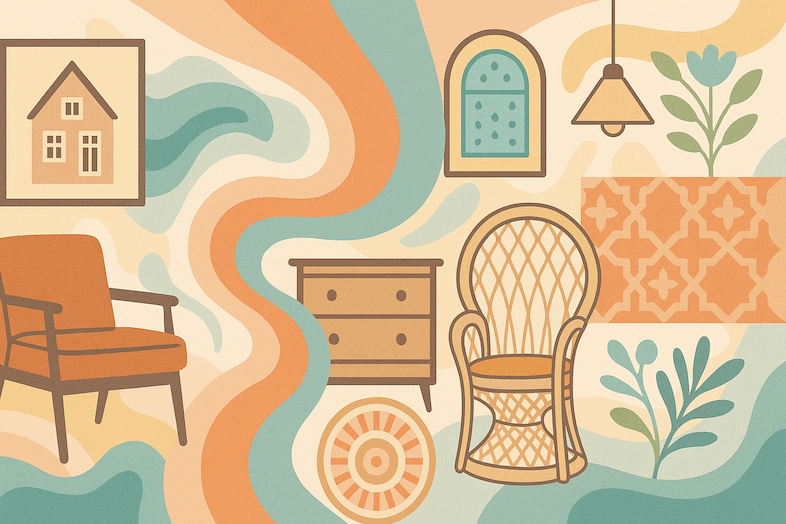
We might move further away from rigidly defined style categories (“Scandi,” “Boho,” “Industrial”) towards even more eclectic, deeply curated, and fluid mixes that authentically reflect personal journeys, diverse identities, blended cultural backgrounds, and unique life stories. The focus will be less on conforming to a pre-defined label and more on telling a rich, individual narrative through objects, colors, textures, and atmosphere.
Adaptability & Flexibility as Standard: Adaptability and flexibility will remain paramount, especially as lifestyles continue to evolve rapidly (e.g., the normalization of hybrid remote/office work, the rise of multi-generational living arrangements, increased mobility and smaller urban footprints).
Furniture that cleverly serves multiple purposes (a coffee table that converts to a dining table, a bed with integrated storage and workspace), modular systems that can be easily reconfigured, expanded, or reduced as needs change over time, and room layouts designed for smooth transitions between different functions (like a living room that easily accommodates exercise or hobbies) will be highly valued. Expect spaces intentionally designed to evolve *with* us throughout different life stages, rather than feeling static or requiring complete overhauls.
Craftsmanship & Authenticity Revival: Finally, as a potential counter-trend to mass production, fast furniture, and the sometimes dizzying speed of digital trends, there might be a renewed and deepened appreciation for craftsmanship, artisanal goods, unique vintage pieces, handmade items, and objects with tangible history, imperfections, and soul. This reflects a growing desire for authenticity, longevity, quality over quantity, and a connection to human skill and storytelling as a counterpoint to the ephemeral nature and potential anonymity of some modern trends. Supporting local makers and valuing the patina of age could become even more prominent markers of considered design.
| Feature Area | Potential Future Direction | Key Drivers |
|---|---|---|
| Sustainability | Baseline expectation, circular design focus, innovative eco-materials, energy/water efficiency tech, enhanced biophilia | Heightened environmental awareness, resource scarcity concerns, consumer demand for ethical products, wellness focus |
| Technology | Seamless/invisible smart home integration, AI-driven personalization & automation, smart surfaces, intuitive controls, potential for tech-free zones | Ongoing technological advancement, desire for convenience and efficiency, growing awareness of digital well-being |
| Personalization | Hyper-customization options, fluid/eclectic style mixes, focus on unique self-expression & storytelling | Desire for individuality, advancements in manufacturing/digital tech (3D printing, AI), rejection of rigid style labels |
| Flexibility | Highly multi-functional furniture, easily adaptable layouts, increased modularity, spaces designed for evolution | Changing work/life patterns (WFH), smaller urban spaces, multi-gen living, desire for long-term value |
| Counter-Trends | Designated tech-free zones, strong focus on craft/artisanal goods, vintage/antique revival, valuing imperfection & patina | Desire for authenticity, digital fatigue, reaction against mass production & fast trends, appreciation for human skill & history |
More Than Just Style: The Importance of Home Decor Trends in Modern Society
So, after this exploration of changing styles, diverse influences, technological intrusions, and future predictions, why do home decor trends actually *matter* in the grand scheme of things? Are they just frivolous distractions? I strongly believe they are much more significant than that.
On a deeply personal level, our homes are incredibly important environments for our psychological and emotional well-being. The way we design, organize, and decorate our intimate space can significantly impact our mood, stress levels, productivity, creativity, and overall sense of comfort, safety, and security. Studies and experts in environmental psychology confirm this connection, as touched upon by resources discussing The Psychology Of Interior Design.
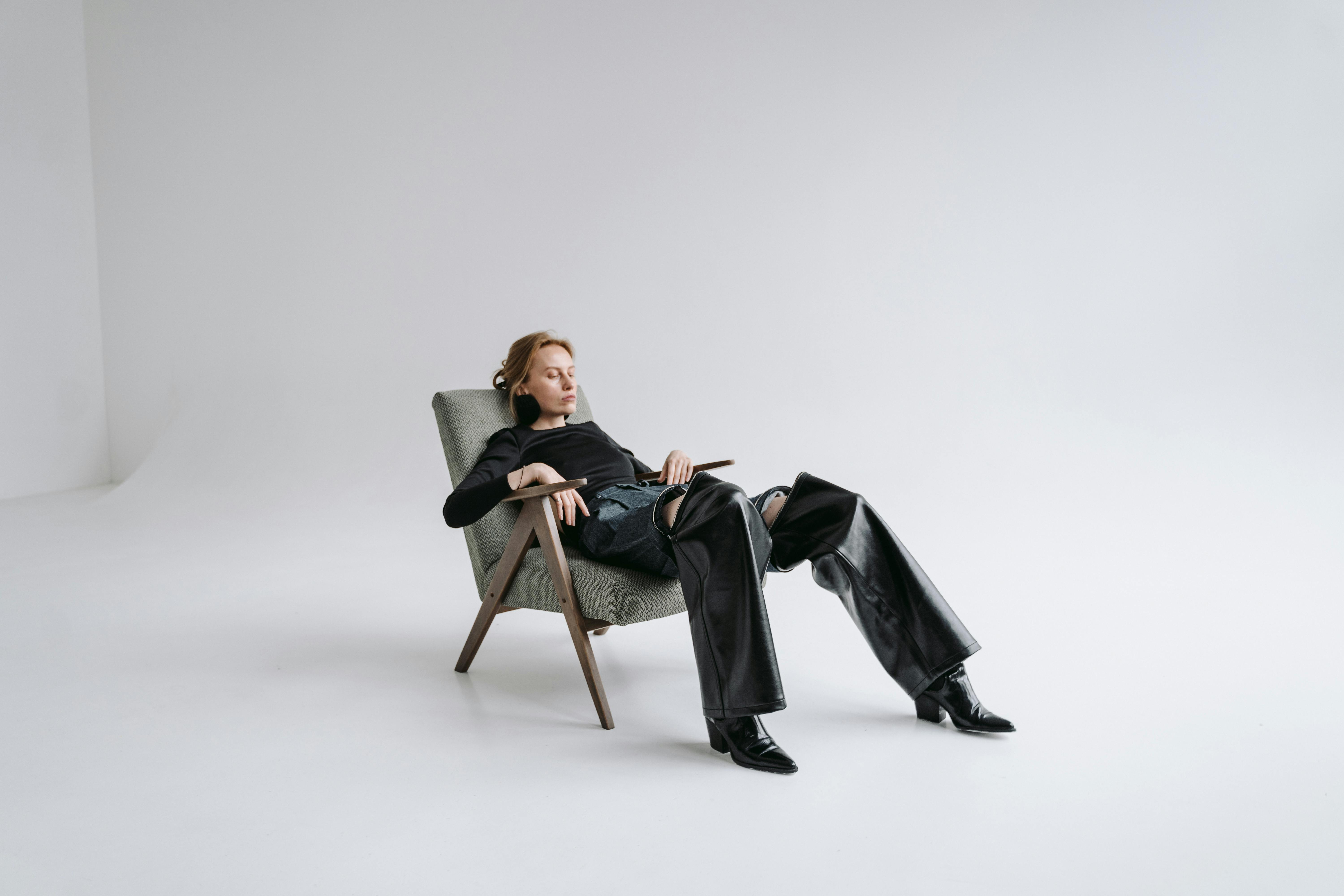
Trends, when thoughtfully considered, can introduce us to new ideas, materials, colors, or layouts for creating environments that better support our specific needs – whether that’s adopting calming color palettes and soft textures to foster relaxation, incorporating abundant plant life for a stronger connection to nature (biophilia), optimizing spaces for better functionality and flow to reduce daily friction, or creating zones that support focus or social connection. Engaging with decor, even through small updates like changing cushion covers, adding a new lamp, or rearranging furniture, can be a meaningful form of self-care and a tangible way to exert positive control over our immediate environment, helping us feel more grounded, expressed, and content.
Beyond the individual experience, home decor serves as a powerful form of non-verbal self-expression and social signaling. Our homes inevitably tell a story about who we are (or perhaps who we aspire to be), what we value (e.g., sustainability, tradition, modernity, creativity), our aesthetic tastes, our cultural background or affiliations, and sometimes even our socioeconomic status. Trends provide a shared visual language and cultural context for this ongoing expression. Following certain trends can signify belonging to a particular group or aspiration (“I’m up-to-date,” “I value minimalism,” “I appreciate vintage”), while consciously rejecting prevailing trends or mixing them in unique ways can be an equally strong statement of individuality, non-conformity, or counter-cultural alignment.
How we curate and decorate our homes communicates volumes to visitors (and perhaps most importantly, to ourselves) about our identity, priorities, and place in the world.
Economically, the home decor industry is massive. It encompasses a vast global network of furniture manufacturers, textile mills, paint companies, lighting designers, accessory brands, raw material suppliers, retail stores (both physical and online), interior design services, architects, builders, logistics companies, marketing agencies, and more.
Quick Recap: Key Decor Influences & Their Characteristics
| Influence Type | Description | Examples | Impact on Trends |
|---|---|---|---|
| Cultural | Borrowing aesthetics, philosophies, materials, or motifs from different global cultures and traditions. | Scandinavian (minimalism, function, hygge), Japandi (Zen minimalism, wabi-sabi, natural materials), Mediterranean (coastal ease, terracotta, blue/white), Moroccan (rich color, intricate patterns, Zellige tile) | Introduction of diverse styles, materials (bamboo, rattan), unique color palettes, fusion aesthetics (Japandi), appreciation for global craft. |
| Technological | Integration of smart devices, development of new materials/finishes, use of digital design/visualization tools. | Smart lighting/thermostats/speakers, AR/VR visualization apps, 3D printed decor, performance fabrics, AI design aids, advanced LED lighting. | Push towards seamless tech integration, new material possibilities (durability, sustainability), faster design/visualization, enhanced functionality & automation. |
| Societal | Responding to large-scale shifts in lifestyle (remote work), work patterns, wellness focus, demographics (aging population, urbanization), environmental awareness. | Dedicated home offices, spa-like bathrooms, multi-functional spaces/furniture, biophilic design elements, accessibility features, demand for smaller-space solutions. | Trends prioritizing comfort, function, well-being, adaptability, health, inclusivity, sustainability, connection to nature. |
| Economic | Influence of the broader financial climate (prosperity vs. recession/uncertainty) on consumer spending, confidence, and style priorities. | Luxury materials/finishes & large renovations (boom times) vs. DIY, upcycling, comfort focus, smaller updates, value-driven choices (recession/uncertainty). | Shifts in preferred material choices (high-end vs. budget-friendly), scale of projects undertaken, focus on investment value vs. overt opulence, rise of thrifting/secondhand. |
| Media/Social | Amplification, acceleration, discovery, and sometimes homogenization of trends via platforms (Pinterest, Instagram, TikTok), influencers, blogs, magazines, TV shows. | Pinterest mood boards, Instagram aesthetics (#cottagecore, #darkacademia, #minimalism), viral products/hacks, influencer collaborations, shoppable posts. | Faster trend cycles, potential for homogenization (“Instagram look”), broad access to inspiration, democratization of design ideas, influencer marketing impact. |
| Nostalgia | Revisiting, reinterpreting, and updating styles, motifs, colors, and forms from past decades or historical periods. | Mid-Century Modern revival, resurgence of 70s curves/colors/materials (boucle, rattan), nods to Art Deco geometry, Grandmillennial style (updated traditional). | Cyclical nature of trends, creation of updated classics, blending vintage appeal with modern needs and sensibilities, providing comfort/familiarity. |
Conclusions: Making Home Decor Trends Work For You
So, what’s the main takeaway from this journey through the dynamic, multifaceted world of home decor trends? It’s abundantly clear they aren’t arbitrary; they’re shaped by a fascinating and complex interplay of decor fashion history, diverse global cultures, accelerating technology, economic realities, societal shifts, and our own evolving human desires for comfort, expression, and belonging. They matter because our homes deeply affect our well-being, serve as vital canvases for self-expression, reflect the wider world around us, and even drive significant economic activity.
Here’s my suggested approach to thoughtfully and joyfully engage with trends, making them work for *you*:
- Know Thyself (and Thy Space): Always, always start with your specific needs, your daily lifestyle (how do you *really* use each room?), your budget constraints, and crucially, your authentic personal taste. What makes you feel genuinely comfortable, happy, supported, and functional in your own space? What colors lift your mood? What textures feel good? That self-awareness is your unwavering foundation and your most important design tool.
- Use Trends as Inspiration, Not Rigid Rules: Look at current trends – whether driven by sustainability, technology, nostalgia, cultural fusion, or something else entirely – as an exciting menu of possibilities, not a set of commandments you must obey. See something you like? Figure out how to thoughtfully adapt just that element (a color, a material, a layout idea) to fit *your* existing style and unique space. Don’t feel obligated to adopt a trend wholesale, especially if it doesn’t truly resonate with you, your family’s needs, or your home’s inherent character (like its architecture).
- Prioritize Sustainability and Longevity: Whenever possible, try to make conscious, informed choices. Opt for durable, well-made pieces designed to last (quality over quantity). Explore the unique character and environmental benefits of secondhand and vintage options. Choose eco-friendly materials (reclaimed, recycled, rapidly renewable) and low-toxicity finishes when renovating or buying new. Support responsible brands and local artisans when your budget allows. I believe this approach is not only better for the planet and often healthier for you, but it also results in a home filled with more meaningful, character-rich items that tell a story – arguably the most ‘timeless’ trend of all.
- Embrace Authentic Personalization: Don’t be afraid to confidently mix styles that you love, proudly display meaningful objects, collections, and personal photos, use colors that bring *you* joy (even if they aren’t declared the ‘color of the year’), and create a space that tells *your* unique story. Your home should feel like an authentic extension of you and your life, not like a generic page clipped from a catalog or a replica of an influencer’s feed (unless, of course, that perfectly styled look is genuinely your thing!). Let your personality shine through.
- Think Long-Term Investment vs. Short-Term Fix: While small, relatively inexpensive trendy updates (like new pillows, throws, candles, art prints, or decorative objects) can be fun and instantly refresh a space without major commitment, invest wisely in your core ‘anchor’ pieces – the items that get heavy use and form the foundation of a room (sofas, beds, dining tables, major storage units, quality rugs). Choose timeless designs, durable construction, and neutral (or personally beloved) colors/materials for these larger investments. You can always easily change paint colors, accessories, lighting, or artwork around them to update the look over time without requiring a major, costly overhaul every few years.
Ultimately, the goal isn’t to have the ‘trendiest’ home on the block according to external validation, but to create a home you genuinely love living in every single day. Trends will inevitably come and go, evolving right alongside our society and our lives. But a space that truly reflects your personality, supports your lifestyle, brings you comfort and joy, and perhaps even treads a little lighter on the planet? That will always, always be in style.
